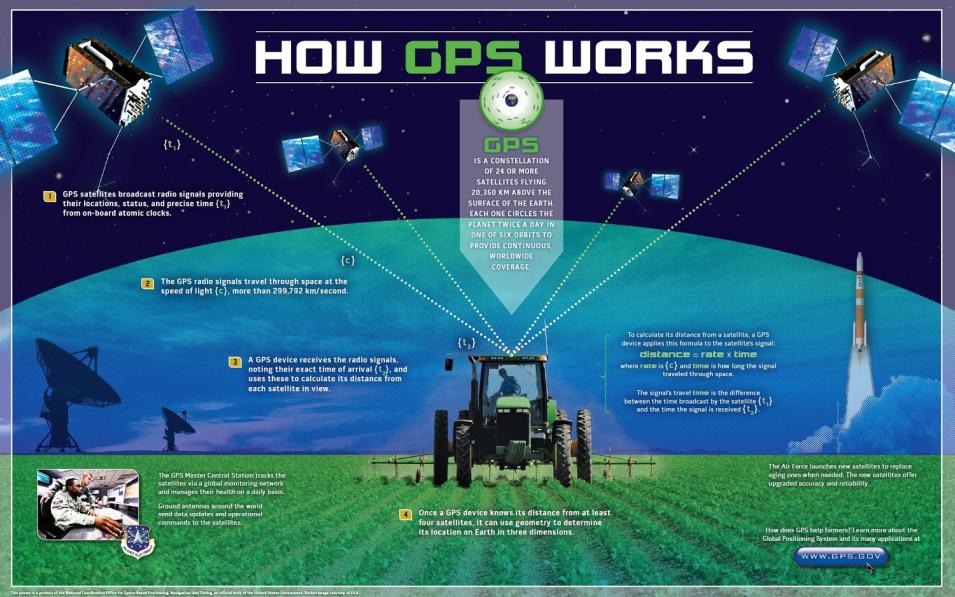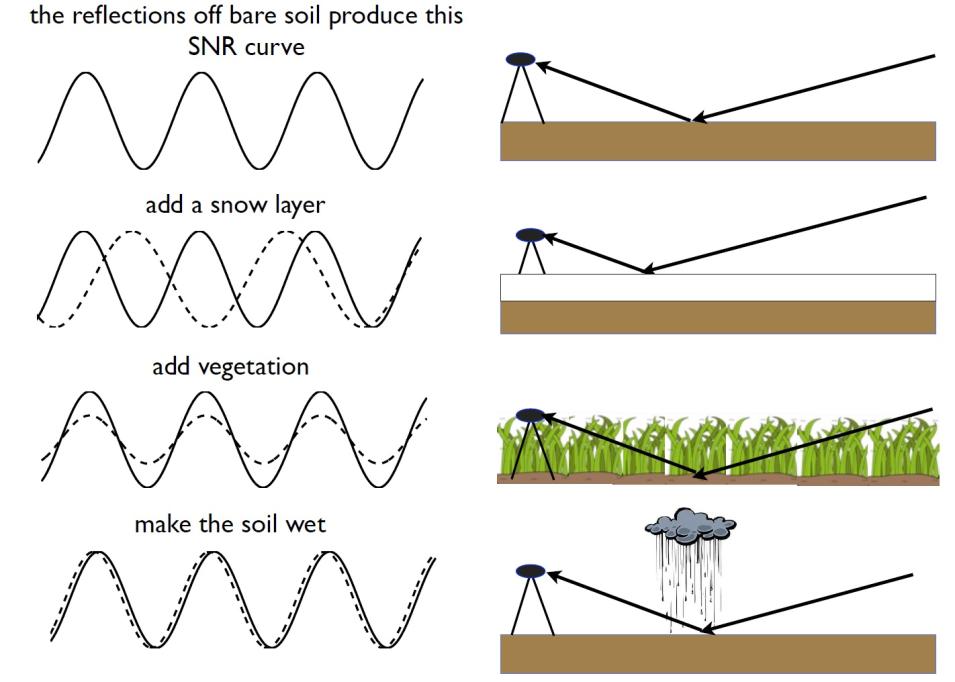Dr. Kristine M. Larson, Professor of Aerospace Engineering Sciences, University of Colorado, Boulder, CO
Research interests: Plate tectonics and geodesy, with work developing new ways of using the Global Positioning System (GPS) to study Earth and the water cycle.
Research highlights: For many, GPS is a box that guides them around town or across the country. Thinking outside the GPS box, however, opens up this technology to innovative and extremely useful applications. The groundbreaking GPS research by Dr. Kristine M. Larson provides a good example of how a technology like GPS can be used for applications beyond its original intent.
Of course, like many serendipitous research discoveries, Larson’s work developing a technique called GPS Interferometric Reflectometry, or GPS-IR, began with her efforts to deal with unwanted GPS signal noise interfering with her research into plate tectonics and ground movement during earthquakes.
GPS is an excellent technology for measuring minute changes in elevation or distance, such as displacement caused by an earthquake or the continuous shifting of tectonic plates as they imperceptibly slide across Earth’s surface. GPS is the U.S. version of a Global Navigation Satellite System (GNSS). Other countries maintain similar systems, such as the European Galileo GNSS and the Russian Federation’s Global Navigation Satellite System (GLONASS). NASA’s home for GNSS data is the Crustal Dynamics Data Information System (CDDIS) at NASA’s Goddard Space Flight Center in Greenbelt, MD.


